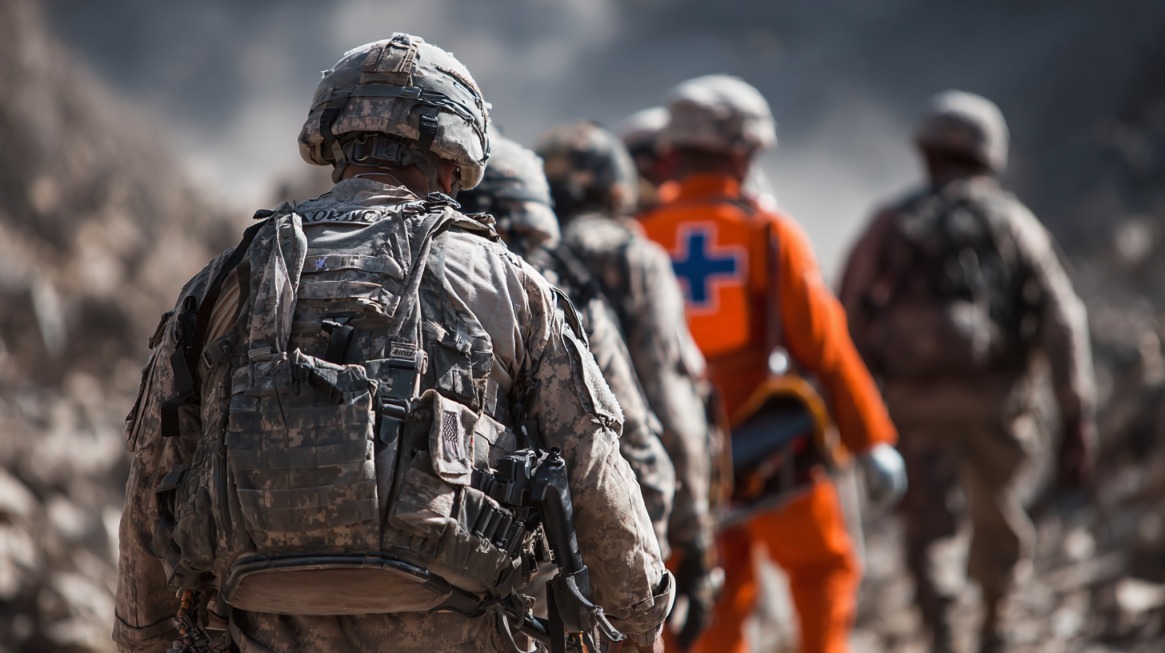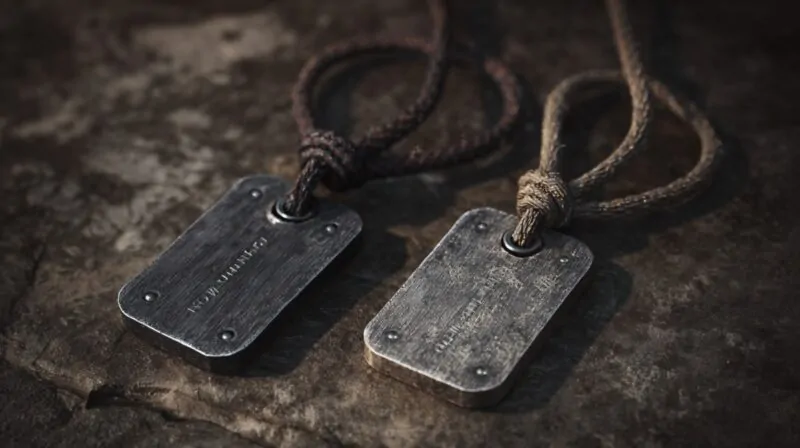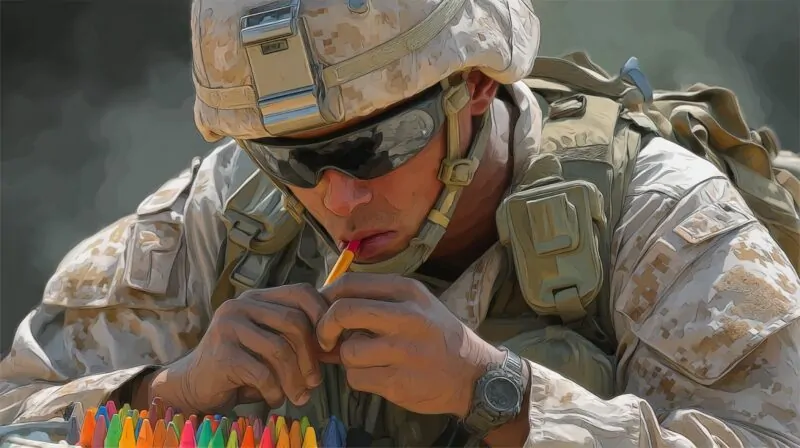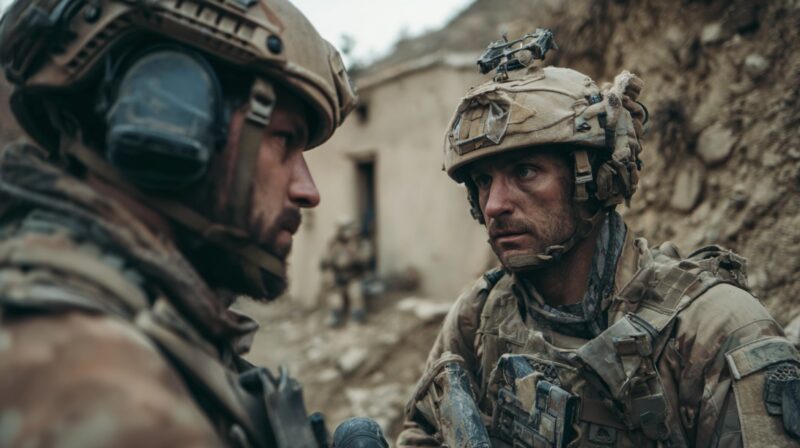Combat-related injuries and civilian accidents both leave lasting physical and emotional scars, yet the legal frameworks governing them differ dramatically.
Military service members injured during combat often face a specialized set of rules, limitations, and procedures that separate their cases from those of civilians hurt in everyday incidents.
Recognizing these differences is essential for victims, attorneys, and policymakers aiming to navigate complex claims processes effectively.
Table of Contents
ToggleDifference #1: Legal Jurisdiction and Applicable Law

Combat injuries operate under a specialized legal environment shaped by military law, where jurisdiction is often determined by the Feres Doctrine, military tribunals, and limited federal claims processes.
Civilian courts rarely get involved because the military follows its own judicial structure designed to maintain operational discipline and command authority.
Civilian accidents, on the other hand, are resolved through state tort law or civil codes, allowing for greater access to judicial systems built to settle disputes between individuals or organizations.
Jurisdictional boundaries significantly impact how claims are handled.
Injured service members often find their cases redirected to administrative boards or military-controlled legal processes, while civilian injury victims enjoy more avenues to seek justice.
In many civilian cases, claimants can choose between state or federal courts, which increases the potential for impartial review and broader procedural rights.
- Governing Law: Combat injuries are under military codes and doctrines; civilian accidents are under state or civil codes.
- Court Access: Military cases often stay within administrative or tribunal systems; civilian cases typically go to state or federal courts.
- Decision Authority: Military judges or boards often preside over combat claims; independent civil judges or juries decide civilian cases.
Specialized legal navigation is often necessary in combat injury claims, while civilian accident victims usually proceed through more conventional and accessible legal routes.
Difference #2: Eligibility to Sue and Sovereign Immunity

Active-duty military members encounter strict limitations when pursuing legal remedies for combat-related injuries.
The Feres Doctrine bars lawsuits against the federal government for injuries sustained in the course of service, based on the view that such litigation could disrupt military discipline and decision-making.
This barrier removes most opportunities for service members to sue in relation to their duties.
Civilian accident victims have far greater eligibility to seek justice. Claims can be filed against individuals, corporations, and in certain situations, government entities, though some immunity protections remain.
A personal injury lawyer at Hensley Legal provides representation to help civilian victims pursue rightful compensation through these available channels.
- Right to Sue: Military personnel face limited legal options; civilians often have broader standing in court.
- Government Immunity: Military injuries are heavily shielded by sovereign immunity; civilian cases encounter fewer immunity barriers.
- Types of Defendants: Civilian cases may involve private individuals, corporate entities, or public agencies; combat-related claims often cannot proceed against government bodies.
Difference #3: Liability and Negligence Standards

Combat-related liability is far more complex due to the nature of military operations.
Factors such as battlefield conditions, classified missions, and the doctrine of military necessity make it extremely difficult to establish negligence.
Even in cases involving contractors, government protections or jurisdictional rules can shield parties from responsibility.
- Duty
- Breach
- Causation
- Damages
These elements are standardized and well-understood in civil courts, making them more predictable in outcome.
- Proof Challenges: Combat claims are hindered by secrecy and operational unpredictability; civilian cases benefit from clear evidence rules.
- Applicable Standards: Civilian courts apply traditional tort law principles; military cases often apply specialized doctrines.
- Contractor Involvement: Civilian contractors outside combat zones face standard liability; those in war zones may have immunity protections.
Difference #4: Types of Compensation Available

Combat injury compensation is often limited to structured benefits, such as VA disability payments, medical retirement provisions, or specific administrative remedies.
These benefits tend to be calculated according to predetermined schedules and may not account for personal suffering or punitive considerations.
Civilian accident victims have the opportunity to pursue a much wider range of damages, including both economic and non-economic categories.
Courts can award compensation for medical expenses, lost wages, emotional distress, and punitive damages where negligence is severe.
- Combat Cases: Focused on fixed veterans’ benefits and limited special relief programs.
- Civilian Cases: Includes medical costs, income loss, pain and suffering, and punitive awards.
- Damage Scope: Military benefits are capped and standardized; civilian damages can be tailored to individual harm.
Difference #5: Evidence and Burden of Proof
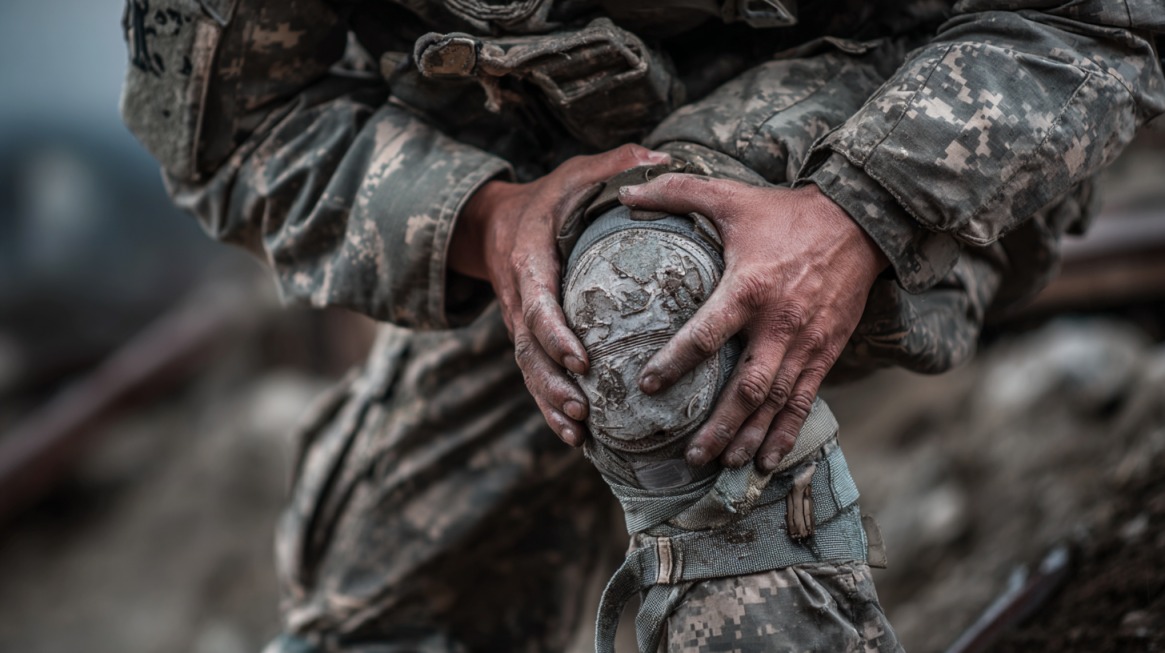
Combat-related injury claims face significant evidence challenges due to active conflict environments.
Collecting reliable documentation, securing witness statements, and accessing mission details can be hindered by operational security and classified information.
Civilian accident claims benefit from structured discovery rules, allowing parties to request documents, take depositions, and inspect accident scenes.
Evidence is generally easier to obtain, and courts enforce transparency through procedural rules.
- Evidence Availability: Combat cases often lack accessible documentation; civilian cases have open access to discovery tools.
- Witness Testimony: Military witnesses may be restricted; civilian witnesses can generally be compelled to testify.
- Security Concerns: Classified information limits combat claims; no such restriction applies to most civilian cases.
Difference #6: Protection Under International Law

Combat injuries fall under the jurisdiction of international humanitarian law, such as the Geneva Conventions and ICRC Rule 7, which primarily aim to protect civilians in conflict zones.
Combatants are generally recognized as assuming certain risks and are not entitled to the same legal protections for injuries sustained during active service.
Civilian accidents are governed by domestic laws and regulatory protections that address safety, civil rights, and liability.
In rare cases, civilians harmed by military actions may invoke international law, but everyday personal injury matters remain under national jurisdiction.
- Governing Framework: Combat injuries fall under international humanitarian law; civilian accidents are handled under domestic statutes.
- Protected Parties: Civilians in conflict zones have explicit protections; combatants do not have the same rights.
- Enforceability: Domestic law is enforceable through local courts; international humanitarian protections require specialized legal avenues.
Difference #7: Nature and Cause of Injuries
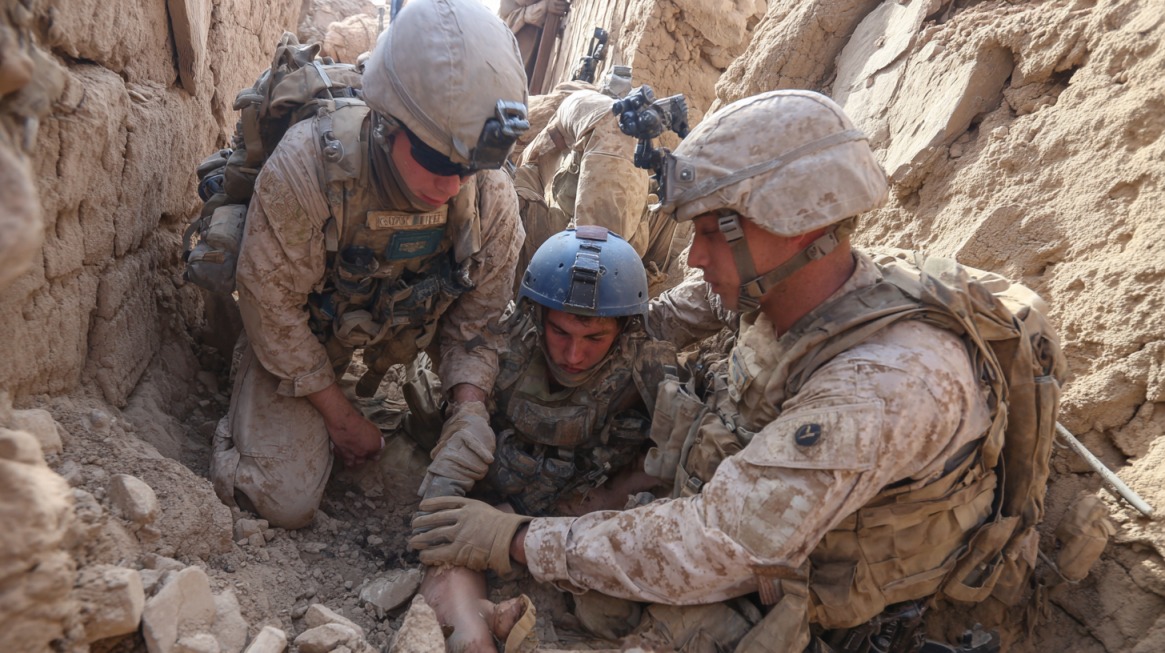
Combat injuries often involve multiple trauma types, such as blast wounds, burns, shrapnel penetration, and psychological trauma like PTSD.
These cases require specialized military medical treatment and long-term rehabilitation programs tailored to battlefield-specific injuries.
- Vehicle collisions
- Workplace incidents
- Product failures
Treatment usually follows standard healthcare protocols and involves broader access to rehabilitation services.
- Complexity: Combat injuries often involve multiple simultaneous traumas; civilian injuries are usually isolated.
- Treatment Facilities: Military hospitals and specialized units handle combat cases; public and private healthcare facilities treat civilian injuries.
- Psychological Factors: Combat injuries often come with severe mental health impacts; civilian cases may involve less intensive psychological recovery.
Summary
Combat injuries and civilian accidents both have lasting effects on victims, yet the legal systems that address them differ in structure, scope, and accessibility.
Jurisdiction, eligibility to sue, available compensation, evidentiary rules, international protections, and the very nature of the injuries all shape the legal path each victim must navigate.
A clear grasp of these distinctions allows attorneys, policymakers, and injured parties to better anticipate the challenges and opportunities in each type of case.
Related Posts:
- ‘Top Gun’ Icon Tom Cruise Awarded Navy’s Highest…
- Impact of Off-Duty Injuries on Military Benefits -…
- How Road Traffic Accidents Can End a Military Career
- 6 Key Demographic Insights About the U.S. Military in 2024
- Can You Take Legal Action Against the Military -…
- What Happens When Civilians Take Legal Action…

